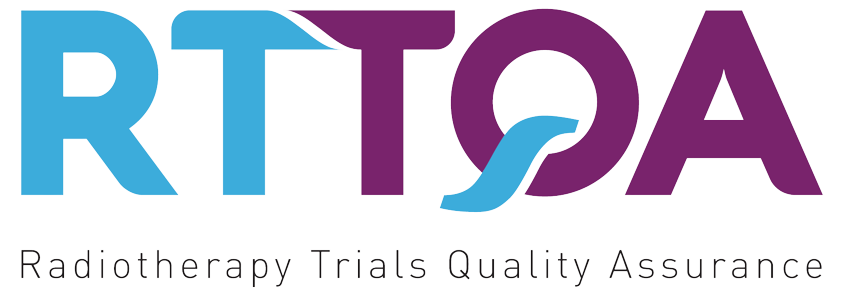
Open Surgery versus Minimally invasive vacuum-Assisted excision for smaLL screen-detected breast cancer – a phase III randomised multi-centre trial
Trial summary:
SMALL is a prospective, multi-centre, randomised (1:2) phase III trial of surgery versus minimally invasive VAE of patients with small, biologically favourable screen-detected breast cancer. It incorporates an 18 month Internal Pilot Study with a QuinteT Recruitment Intervention (Information Study) to optimise recruitment, and is designed to determine whether:
• The extent of surgical treatment can be reduced in the context of standard adjuvant radiotherapy and endocrine therapy.
• VAE is non-inferior to conventional surgery in terms of the requirement for a second operation to achieve complete resection of the cancer.
• There is an acceptable local recurrence risk in the VAE arm with long-term follow up.
Patients will be recruited over a 4-year period and will be followed-up for 5 years from randomisation. Long-term follow-up information will be obtained via data linkage.
RT QA summary:
All QA activity will be streamlined with previous trial QA, where applicable. Please contact the RTTQA Group directly using the contact details below to discuss
| QA Process | QA Activity | Required for Trial | Additional Details |
|---|---|---|---|
| Pre-Accrual | Facility Questionnaire | ||
| Outlining Benchmark Case | |||
| Planning Benchmark Case | Only if change in technique noted | ||
| Dummy Run | If a centre is doing partial breast and did not take part in the IMPORT trial | ||
| During Accrual | Individual Case Review | Prospective review for the first patient randomised to axillary treatment | |
| Data collection | Prospective review for the first partial breast patient randomised to the VAE arm of the study | ||
| Dosimetry | |||
| QA Streamlining | FAST FORWARD IMPORT |
RTTQA contact: SMALLQA.enh-tr@nhs.net
Chief investigator: Mr Stuart McIntosh, The Patrick G Johnston Centre for Cancer Research
RT Lead: Professor Charlotte Coles, University of Cambridge
Sponsor: University of Birmingham SMALL@trials.bham.ac.uk
Funder: National Institute for Health Research (NIHR) Health Technology Assessment Programme (project reference 17/42/32).
